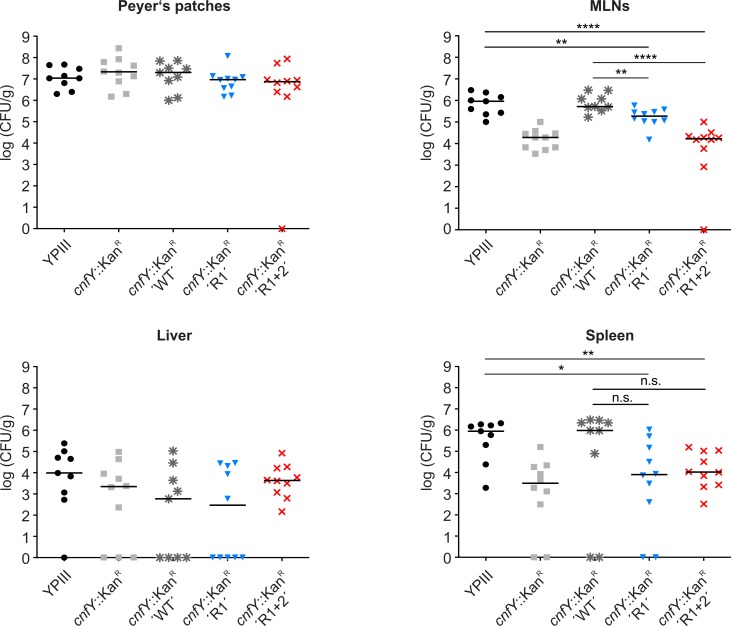Fig 9. Stabilizing point mutations in the cnfY RNAT affects tissue colonization by Y. pseudotuberculosis.
(A) BALB/c mice (n = 10/strain) were orally infected via food pellets with 2x108 CFU of either Y. pseudotuberculosis YPIII harboring the empty vector pJNS11 (black line + black dots) or the cnfY deficient mutant YP147 (cnfY::KanR) harboring the empty vector pJNS11 (grey line + grey squares) or the cnfY complementation vector pJNS10 (pPcnfY:cnfY+) including the wild type (grey line + grey asterisk), the R1 (blue line + blue triangles; pBO6503)), or the R1+2 (red line + red crosses; pBO6504) variant of the cnfY RNAT. 5 days post infection, mice were sacrificed and the number of bacteria in homogenized organs (Peyer‘s patches, mesenteric lymph nodes (MLNs), Liver, and Spleen) was determined by plating. The scatter plots represent data of two independent experiments (5 mice/group). Numbers of CFU per gram were determined by counting viable bacteria on plates. The statistical significances between the wild type and the YP147 mutant were determined by the Mann-Whitney U test. P-values: *: <0.05; **: <0.01, ****: <0.0001. Displayed data represent results from two individual experiments (biological replicates).

